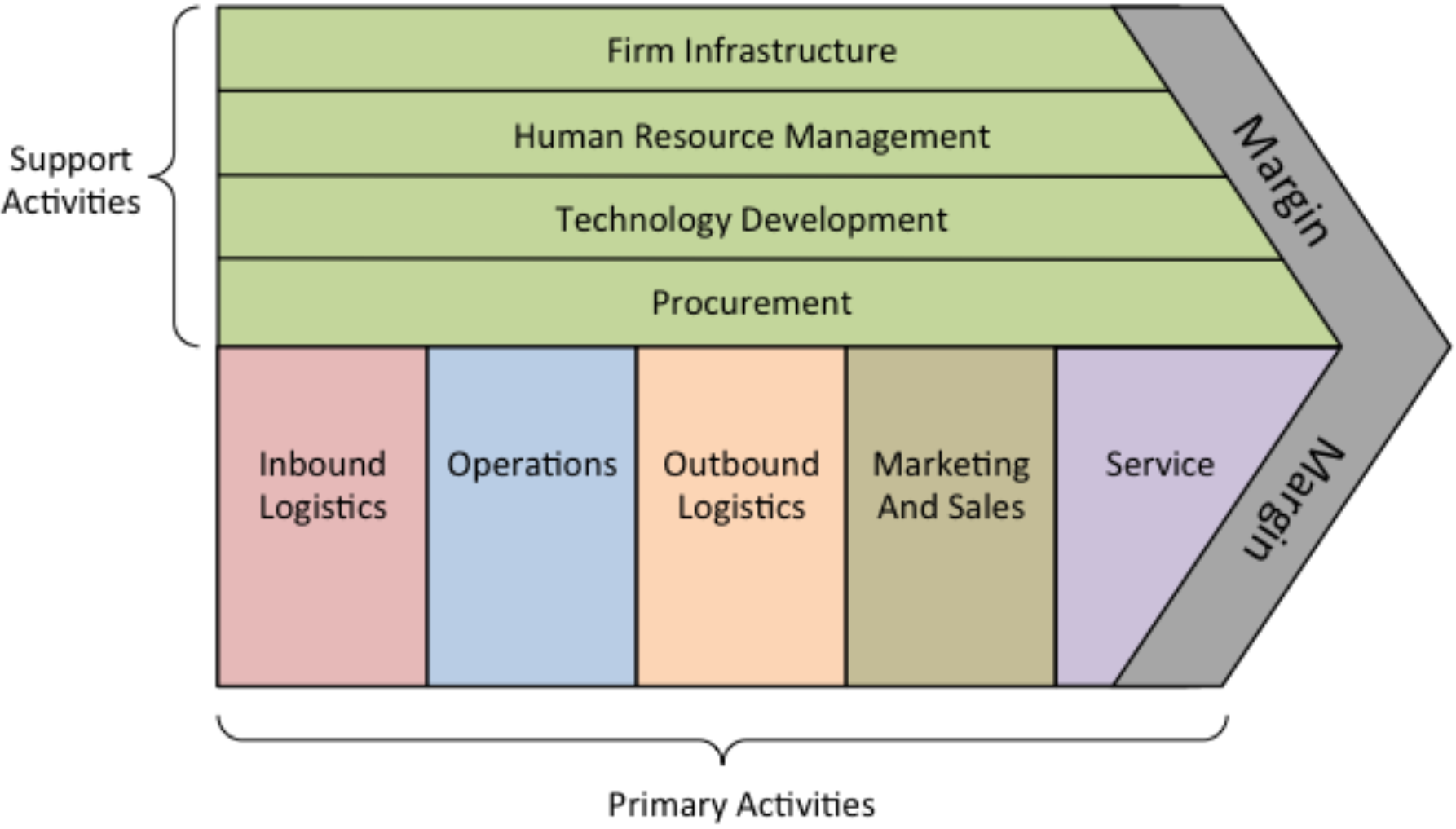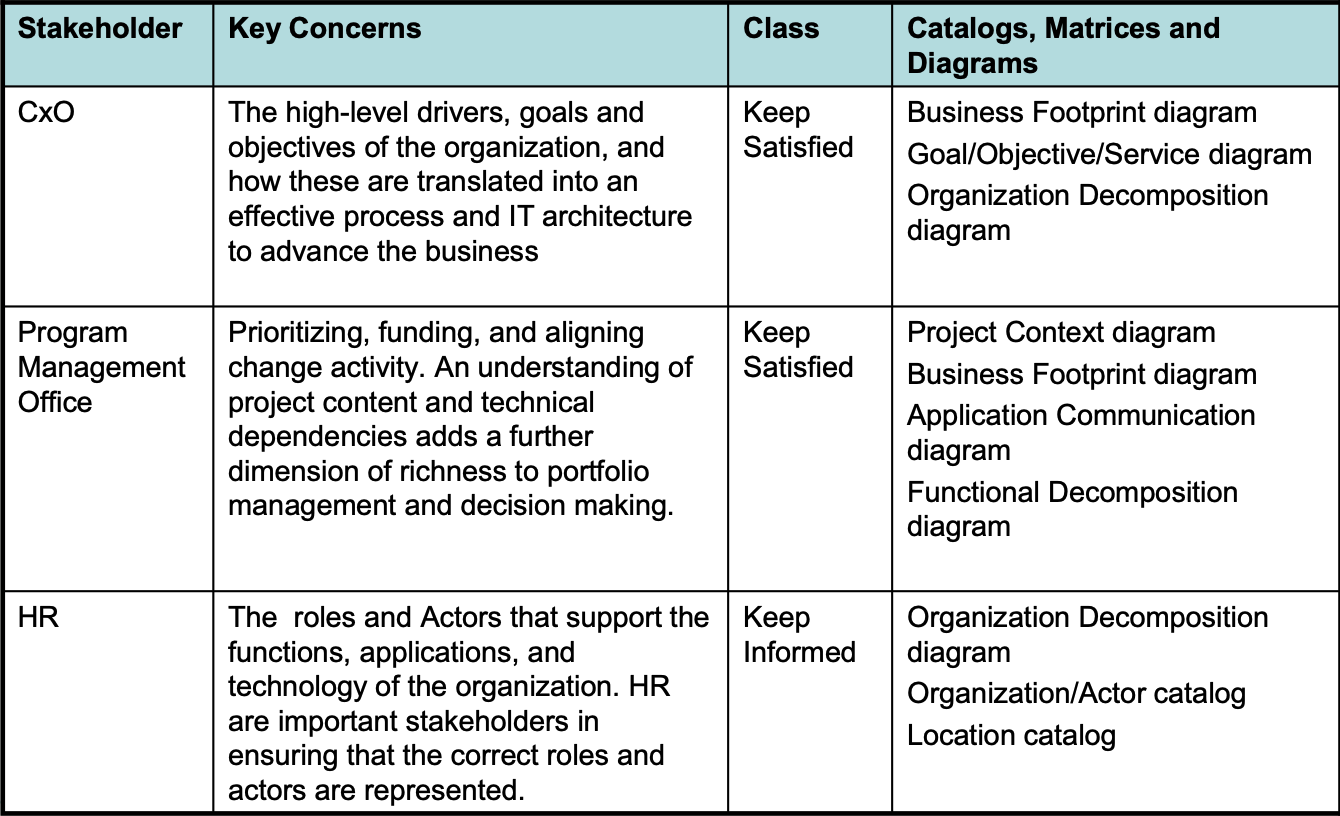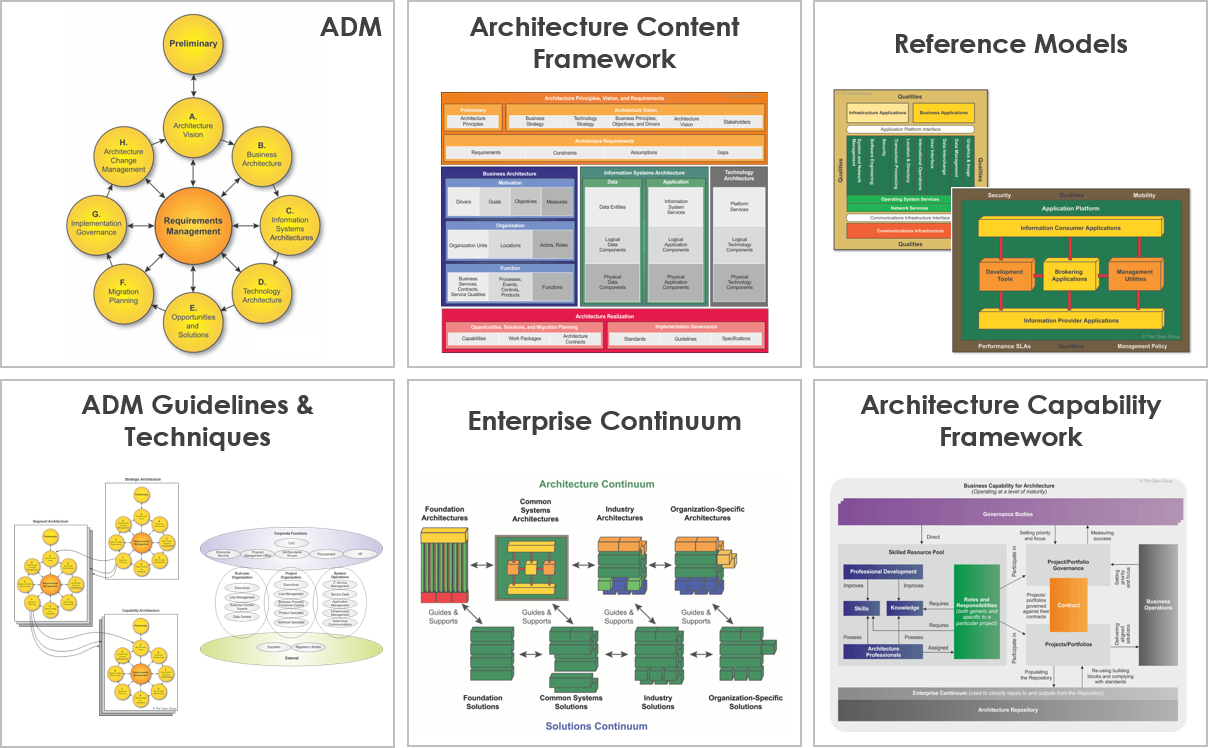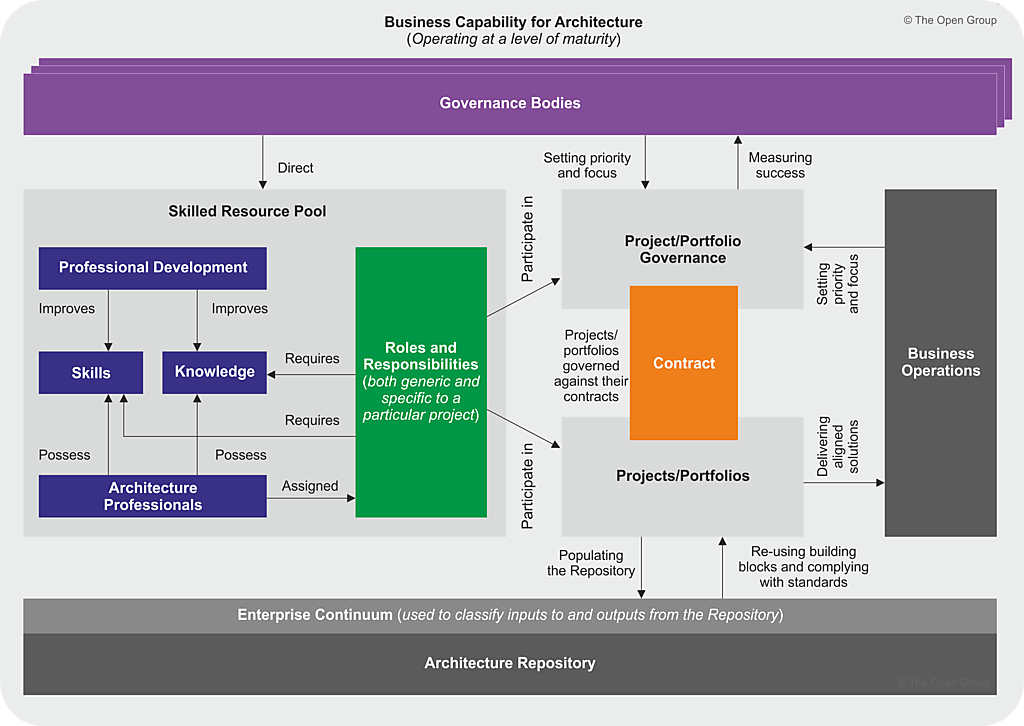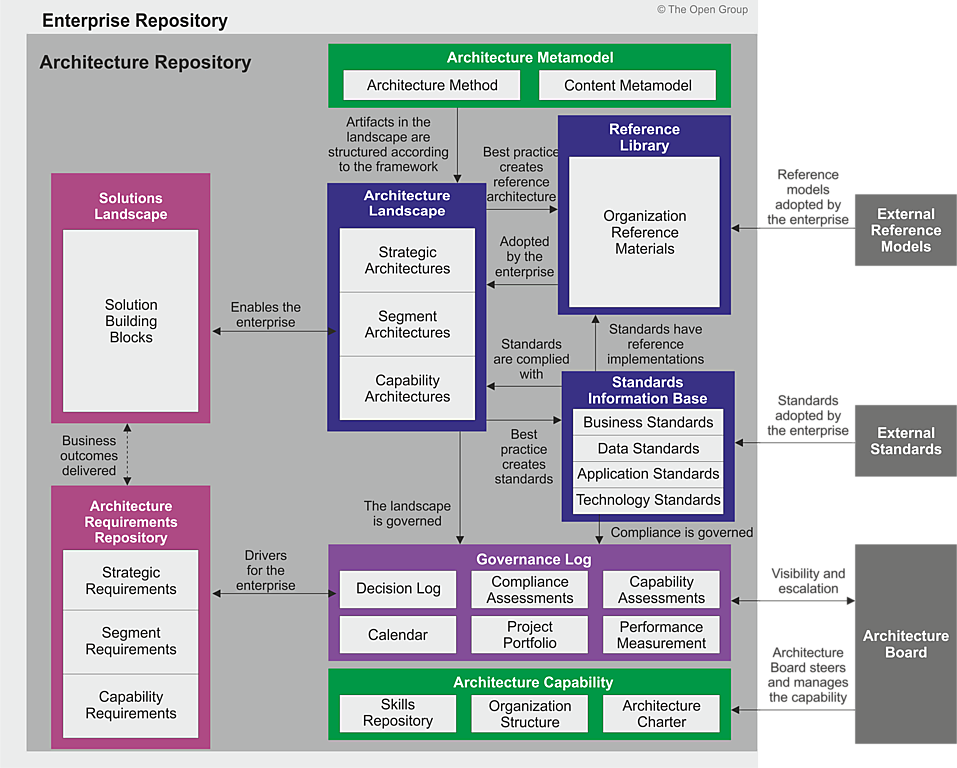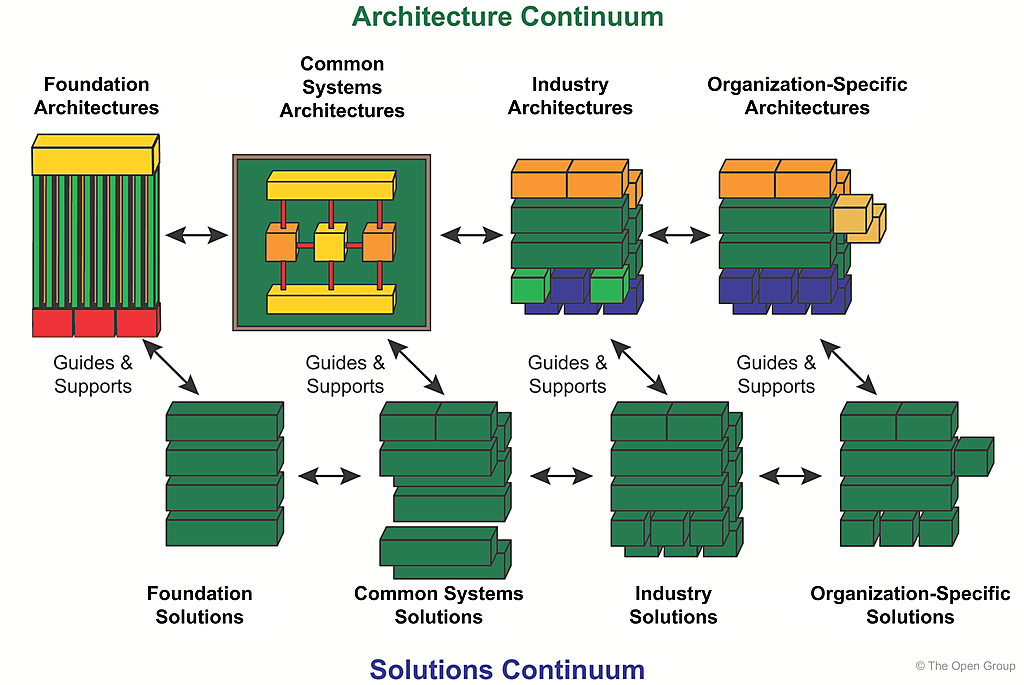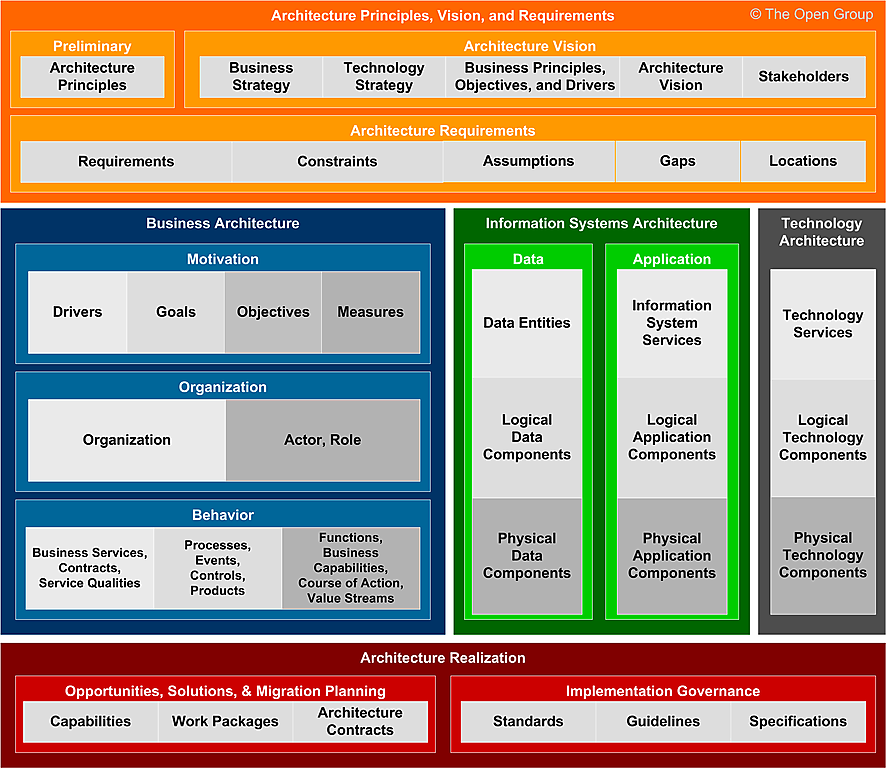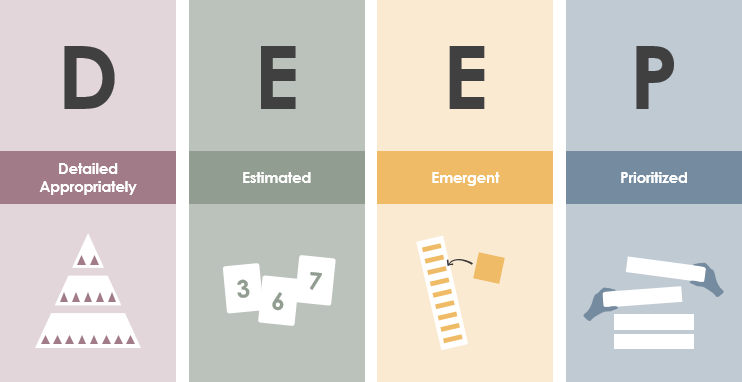Value Chain Diagram: Artifacts of Vision Phase
What is a Value Chain Diagram A value chain diagram is a visual representation of the various activities involved in the production of a product or service. It includes all the steps from the raw materials stage to the final delivery of the product or service to the customer. The diagram shows how value is added at each step of the process and helps to identify areas where efficiencies can be gained and costs can be reduced. It is a useful tool for businesses to analyze their operations and make improvements to their…continue reading →

